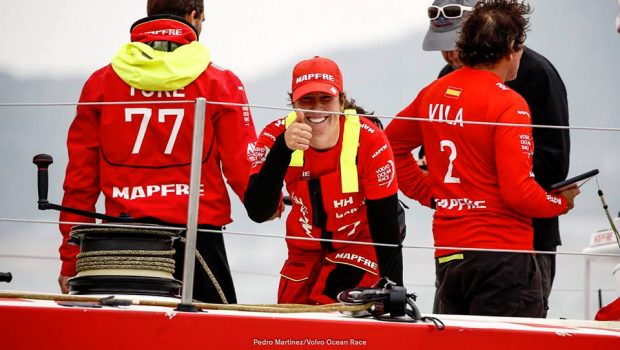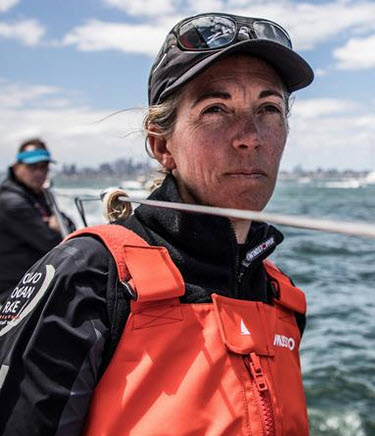Regulations to increase female activity
Published on January 30th, 2018
No one argues how sailing is too male dominated, and the opportunity exists to increase activity in the sport by recruiting the other half of the population.
But how does it get done? Most things in life begin from the bottom up. Businesses don’t open one day and go public the next. Singers don’t begin their career at Carnegie Hall. Athletes climb an arduous path from Little League to Major League Baseball.
For sailing, that would be building a strong female base at the local level from which excellence can grow. But can this issue be worked from the top down too? Maybe a big carrot is what’s needed.
The International Olympic Committee no longer wants to see the sailing events have more men than women, and is requiring gender balanced quotas which are currently imbalanced due to a lack of Olympic caliber female sailors.
The Volvo Ocean Race changed its rules to essentially require women onboard, with many of the teams recruiting females (and many males too) with no offshore experience.
While these actions are outstanding for the opportunity they create, will these actions increase the participation of women in sailing?
Volvo Ocean Race navigator Libby Greenhalgh on Team Sun Hung Kai/Scallywag is hopeful.
“The rule’s been great. With 20 women in the race this time, there are about 30 per cent of women in the crews. Given the nature of the sport, that’s a good achievement.
“Of course, we want to see 50-50 opportunity for women, and we’d really like to see this new rule stay in place in the next Volvo race.
“Last time on the Volvo, we had a crew of 13 women on board SCA, but all of our management team were men, apart from the admin who booked flights and hotels.
“This was the first all-women crew in 12 years. We won one leg and two in-port races. Afterwards, the phone didn’t ring for any of us, and we pretty much went back to our usual lives.
“We realised we needed to look at the sailing landscape and to try to create a network for women as well as upskilling to leadership roles.
“Sailing, like in industry, is about who you know, and we need to change that ‘who’. This is one of the reasons we started The Magenta Project with a goal of accelerating women in sailing.
“The project is also helping to feed women into the Volvo race, and it is helping women to know the right people and create a network.”
Despite this, it’s still catch-22, says Greenhalgh.
“It’s all about someone hiring you to sail with them. Skippers will ask ‘who are we going to take? We’ll pick that person because they’ve done seven laps of the planet’.
“You’re out in the ocean for a long time, so people tend to stick to who they know and crews they’ve sailed with before.”
As on land, Greenhalgh believes the self-belief of women and a lack of confidence can hold them back, as, sometimes, does having children.
“How can we change the thinking and offer support to make women stop saying ‘right, I’m going to have kids now, my career is kind of over’. The same thing has taken a long time to change in the normal working world.”
It seems that changing our thinking is the only way forward. Greenhalgh cites the “30 per cent Club”, launched in the UK in 2010 with a goal of getting 30 per cent of women on FTSE-100 boards.
“It’s been identified that diversity in the boardroom makes for a more successful company.”
According to Greenhalgh, the same thing applies on the water, and the rule is a game changer.
“One thing’s for certain, whoever wins, a female will win the Volvo Ocean Race. That will happen. The new rule is incentivizing and gives women experience with the people who are at the top of their game.”
The skipper of Turn the Tide on Plastic, Dee Caffari, says female sailors want to be treated as sailors rather than female sailors.
“Hopefully this will become the norm,” states Caffari. “None of us want to be separated out. We are all doing the same job. Eventually we want to get over the ‘are you male or are you female’ and get to the point of “are you a good sailor or not a good sailor?”
Source: South China Morning Post, Craig Leweck










 We’ll keep your information safe.
We’ll keep your information safe.